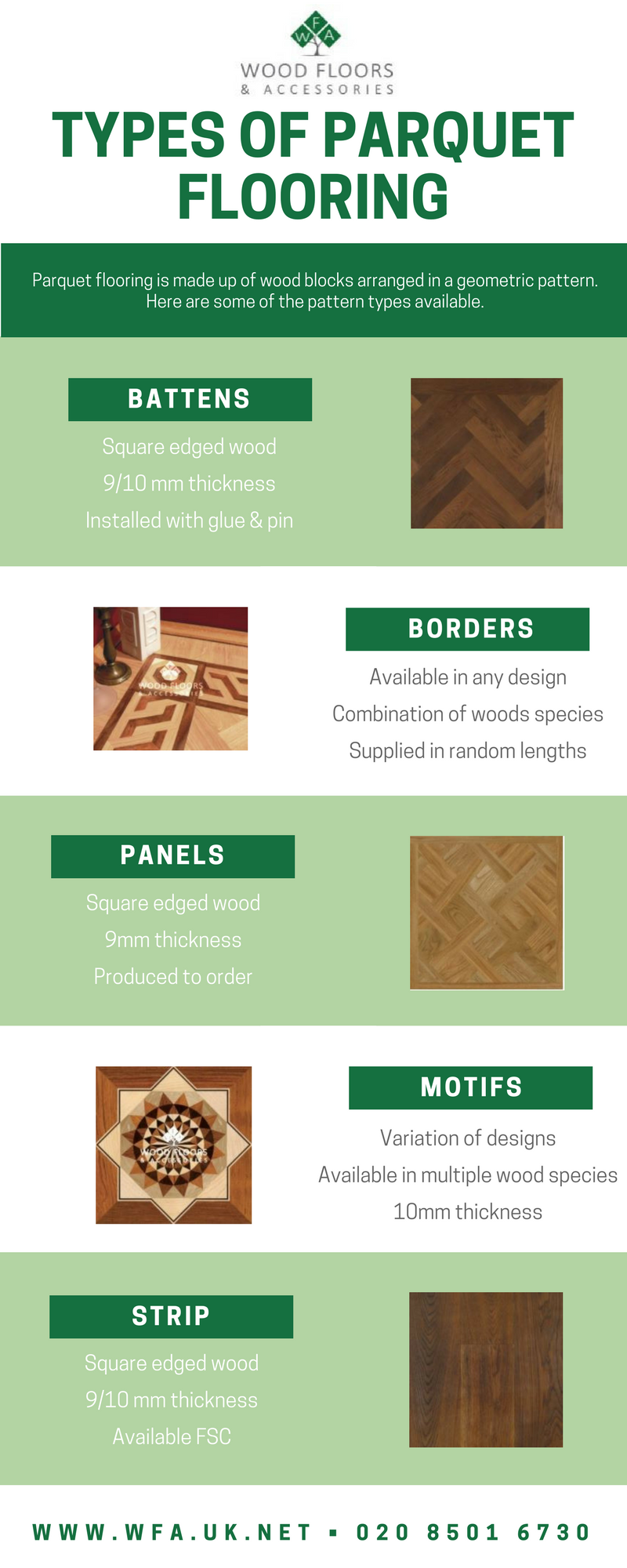Just How To Allocate Your Flooring Task: A Practical Guide
Just How To Allocate Your Flooring Task: A Practical Guide
Blog Article
Material By-Elgaard Hvidberg
When you're preparing a floor covering job, budgeting isn't just about choosing a number; it's about recognizing what you genuinely need and the prices entailed. You'll intend to analyze your particular demands, research numerous materials, and anticipate unexpected expenses. Think about how variables like room objective and installation approaches can impact your spending plan. However prior to you jump in, there are some vital details you might ignore that can significantly impact your general prices. Allow's explore just how to browse these intricacies and ensure your job remains on track.
Assessing Your Floor Covering Needs
Before diving into your floor covering project, it's crucial to analyze your flooring requires. Start by considering the specific areas where you intend to install new flooring. Consider the objective of each room. As an example, kitchens and bathrooms need water-resistant products, while living areas might benefit from convenience and looks.
Next off, evaluate the status quo of your floorings. Are there browse around this site of architectural issues, such as irregular surfaces or dampness problems? Attending to these issues early can save you time and money down the line.
Also, keep in mind of the measurements of each room to identify just how much flooring you'll need.
Don't fail to remember to consider your way of life. If you have pets or young kids, sturdiness may be your top priority, while a much more formal space might require an extravagant finish. In addition, think of your layout choices. Do you choose a timeless appearance, or are you drawn to modern-day designs?
Lastly, be resinous floors contractor about how much maintenance you want to dedicate to. Some products require more maintenance than others. By comprehending your requirements plainly, you'll be much better geared up to make enlightened options as you move on with your floor covering task.
Estimating Expenses and Products
Approximating expenses and materials is a critical step in your floor covering task that can dramatically affect your general budget. Beginning by determining your room accurately to figure out how much floor covering you'll require. For a lot of materials, you'll discover prices by square foot, so collect quotes from various distributors to obtain a reasonable figure.
Next off, take into consideration the kind of flooring you desire. Options like hardwood, laminate, floor tile, or rug all come with various rate points. Research study the costs for each and every and consider any type of additional products like underlayment, sticky, or change strips.
Don't fail to remember to consist of tools if you're intending a do it yourself installment, as leasing or buying equipment can contribute to your expenditures.
Labor prices are one more vital factor to consider. If you're employing professionals, get price quotes from several service providers to ensure you're getting a reasonable rate. Be clear about the scope of work to avoid unforeseen charges later on.
Last but not least, it's smart to set aside a tiny percent of your budget for any unexpected costs connected to materials. By extensively approximating your expenses and materials in advance, you'll set on your own up for a smoother and much more convenient floor covering project.
Planning for Hidden Expenditures
Lots of home owners overlook the surprise expenses that can develop during a flooring project, which can lead to budget plan overruns. To avoid this, you need to prepare for potential added prices.
First, think about the problem of your existing subfloor. If it's harmed or unequal, you'll likely require repairs or progressing, which can add substantially to your total expense.
Next off, think about removal and disposal costs for your old floor covering. Many professionals bill added for this service, so variable that into your spending plan.
Additionally, do not forget the costs of underlayment, which might not be consisted of in the first quote however are crucial for a successful installation.
You ought to likewise prepare for unexpected difficulties, such as pipes or electrical work if your floor covering job includes moving components. It's a good idea to allot a minimum of 10-15% of your total budget for these unforeseen costs.
Finally, remember that permits might be required for certain installations. Always check local policies to prevent penalties or delays.
Conclusion
Finally, budgeting for your flooring project is essential for an effective end result. By evaluating your demands, approximating costs, and preparation for surprise expenses, you'll prevent surprises and remain on track. Remember to reserve a portion of your allocate unanticipated prices and maintain a comprehensive failure of your expenses. With mindful planning and consideration, you'll create a stunning area that satisfies your needs without breaking the bank. Pleased flooring!
